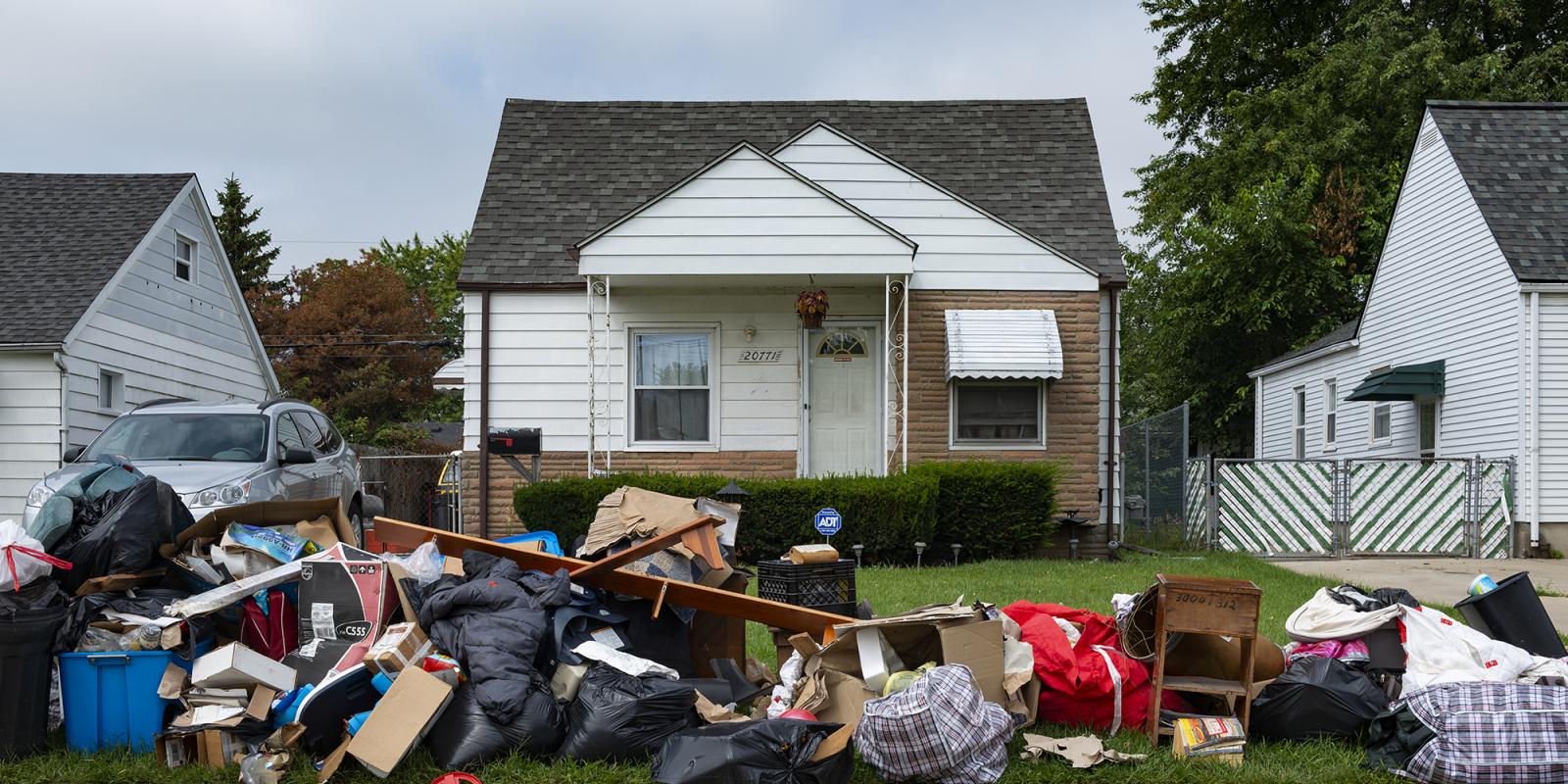The COVID-19 pandemic is turning a corner for many older adults. As of early May, almost 43 million individuals ages 65 and older have been fully or partially vaccinated. As a population disproportionately at risk for contracting COVID and developing severe illness or dying, these vaccinations offer the chance for many older adults to reengage in life and see the family members and friends from whom they have been isolated for more than a year.
A cause for celebration, indeed.
But for some older adults, the pandemic’s dark clouds linger.
More than 100,000 renters ages 65 and older and almost 450,000 ages 55 to 64 report they will likely be evicted in the next two months, according to the most recent U.S. Census Household Pulse Survey (April 14-26, 2021). More than 300,000 people ages 65 and older and 1 million ages 55 to 64 said they were behind on their rent.
Many of these older renters had been temporarily protected from the possibility of losing their homes by a national moratorium from the U.S. Centers for Disease Control and Prevention (CDC) banning evictions through the end of June, 2021. On May 5, though, a federal judge threw out the ban, saying the CDC lacked the authority to impose it. The order has been placed on hold pending an anticipated appeal from the Department of Justice.
Other moratoriums remain in place, including one for evictions and foreclosures in homes federally financed through the U.S. Department of Housing and Urban Development. Also, more than 40 states have some form of eviction protection in place. Most are generally scheduled to expire in the near future.
Enduring Unemployment for Older Adults
A representative from one of the groups opposing the CDC’s moratorium said, “with rental assistance secured, the economy strengthening and unemployment rates falling, there is no need to continue a blanket, nationwide eviction ban.”
It is true that many businesses are easing back to normal and hiring is ticking upward.
Even with these gains, though, the labor market is still down 8.4 million jobs from the pre-pandemic level in February 2020. Workers ages 55 and older are short more than 2 million jobs. According to Elise Gould at the Economic Policy Institute, older workers were hit harder by the pandemic than they were by the Great Recession, with older women experiencing a particularly intense impact.
‘Workers ages 55 and older are short more than 2 million jobs.’
While the unemployment rate among workers ages 55 and older is improving overall, it takes a while for many to get back to work. In March 2020, 54 percent of older job seekers were long-term unemployed, meaning they have been looking for work for 27 weeks or more. On average, workers ages 55 to 64 were unemployed for 38 weeks and those ages 65 and older for 37 weeks.
Not surprisingly, the unemployment challenges are greater for older Black, Hispanic and Asian workers compared to older White workers.
Out-of-Reach Housing Costs
Even before the pandemic, many older adults struggled with the cost of housing. More than half of renters ages 62 and older are cost-burdened, meaning they pay more than 30 percent of their monthly income for housing costs. Almost a third pay more than 50 percent of their income. Black and Hispanic older renters experience disproportionately higher rates of cost burden.
Many older adults who lost jobs during the pandemic were in lower-wage industries. It is not hard to imagine that these workers likely had difficulty staying on top of their rent if unemployed for even a short time, much less for months. Lower-wage workers are less likely to have savings that would have helped to carry them through this emergency.
Help With Housing Costs
The Consolidated Appropriations Act, 2021, provided $25 billion for emergency rental assistance and the American Rescue Plan Act of 2021 provided another $21.5 billion. States and local governments can use these funds to assist eligible households struggling with rent, including rental arrears, and utility costs.
These funds will be a crucial lifeline for many older renters who are at-risk for losing their home. Even if the CDC’s eviction mortarium is upheld, it, along with other moratoriums, will expire soon. Once the bans end, tenants will still be responsible for all back rent and related late fees. One analysis estimated that by January 2021, households would owe up to $34 billion in missed rent. For many, the bans have likely just forestalled the inevitable.
Aging services providers need to make sure struggling older adults are aware of the emergency rental assistance programs and help them (or their landlords) to apply.
Addressing rental debt is equally important for landlords. Small, unsubsidized multifamily buildings make up half of all rental stock and are an important source of moderately priced housing. Loss of these properties when owners, many of whom are individual “mom and pop” investors, are unable to make mortgage payments for the building would further decrease the already inadequate supply of low- and modest-cost rental units.
It is vital that aging services providers help ensure that older adults who are struggling with their housing costs due to the pandemic are aware of the emergency rental assistance programs and help them to apply, where needed. Find out about available local programs here. It is equally imperative that states and local governments scale their programs and process applications as quickly as possible.
The impacts of evictions are too significant to do otherwise.
Alisha Sanders, M.P.Aff., is senior director of Housing and Services Research at LeadingAge, in Washington, DC. Sanders guest-edited the Summer 2020 issue of Generations Journal.













